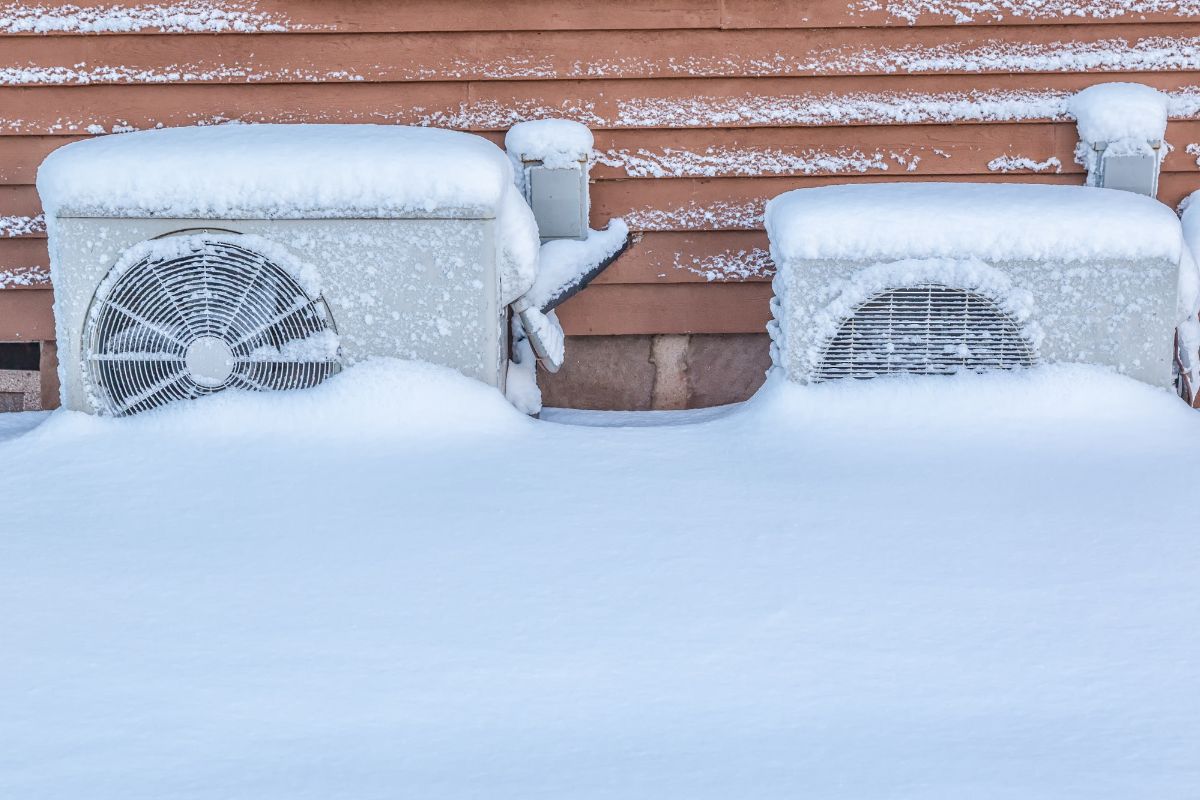

Articles
How To Defrost HVAC Unit
Modified: February 25, 2024
Learn how to defrost your HVAC unit with these helpful articles. Find tips and tricks to keep your system running efficiently and prevent freezing.
(Many of the links in this article redirect to a specific reviewed product. Your purchase of these products through affiliate links helps to generate commission for Storables.com, at no extra cost. Learn more)
Introduction
Welcome to our comprehensive guide on how to defrost your HVAC unit. Your HVAC (Heating, Ventilation, and Air Conditioning) system plays a vital role in keeping your home comfortable throughout the year. However, just like any other appliance, it may encounter issues from time to time. One common problem that homeowners face is a frozen HVAC unit.
In this article, we will explore the causes of a frozen HVAC unit, the signs to look out for, and the steps you can take to safely defrost it. We will also provide useful tips on preventing future freezing episodes. So, whether you are currently dealing with a frozen HVAC unit or want to be prepared for any future incidents, read on to learn everything you need to know.
Understanding the various components of your HVAC unit and how it operates is crucial in effectively troubleshooting and addressing any issues it may face. So, let’s start by gaining some insight into the working of an HVAC unit.
Key Takeaways:
- Safely defrost your HVAC unit by turning it off, clearing ice buildup, and inspecting for potential issues. Regular maintenance and proper insulation can prevent future freezing incidents, ensuring optimal system performance.
- Understanding the signs of a frozen HVAC unit, such as reduced airflow and ice buildup, is crucial for prompt action. Take preventive measures like scheduling professional inspections and setting appropriate thermostat settings to maintain a comfortable and efficient home.
Read more: How To Defrost Windshield With AC
Understanding the HVAC Unit
Your HVAC unit consists of several components that work together to provide heating, ventilation, and air conditioning throughout your home. Understanding these components and how they function is essential in troubleshooting and maintaining your HVAC system.
Components of an HVAC Unit:
The main components of an HVAC system include:
- 1. Furnace: The furnace is responsible for generating heat. It may run on gas, oil, or electricity.
- 2. Air Conditioner: The air conditioner cools and dehumidifies the air by removing heat and moisture.
- 3. Thermostat: The thermostat serves as the control panel for your HVAC system. It allows you to set and adjust the desired temperature.
- 4. Ductwork: The ductwork distributes the conditioned air throughout your home.
- 5. Air Filters: Air filters trap dust, debris, and allergens, ensuring cleaner air circulation.
How the HVAC Unit Works:
An HVAC system works by cycling air through the system and conditioning it to the desired temperature. Here’s a simplified overview of how it operates:
- 1. The thermostat detects the current temperature in your home.
- 2. If the detected temperature is lower than the set temperature, the thermostat signals the furnace or heat pump to produce heat.
- 3. The furnace or heat pump generates heat, which is then distributed through the ducts.
- 4. At the same time, the air conditioner continues to circulate and cool the air in warmer months.
- 5. The air is filtered before entering your home, improving indoor air quality.
Importance of Proper Maintenance:
Maintaining your HVAC unit is crucial for optimal performance and longevity. Regular maintenance can prevent issues like a frozen unit, improve energy efficiency, and extend the lifespan of your system. It’s recommended to schedule professional HVAC maintenance at least once a year.
Now that you have a better understanding of the components and functionality of an HVAC system, let’s explore the signs that indicate a frozen HVAC unit.
Signs of a Frozen HVAC Unit
A frozen HVAC unit can lead to inefficient heating or cooling in your home and may even cause damage to your system if not addressed promptly. Knowing the common signs of a frozen HVAC unit can help you identify the problem early on and take the necessary steps to defrost it. Here are the signs to look out for:
1. Reduced Airflow:
If you notice that the airflow from your vents has significantly decreased, it could be a sign of a frozen HVAC unit. The ice buildup restricts the movement of air, resulting in weak or barely noticeable airflow throughout your home. If you find that some rooms are not receiving adequate heating or cooling, a frozen unit might be the culprit.
2. Uneven Cooling or Heating:
A frozen HVAC unit can cause uneven heating or cooling in your home. You may experience one room being too hot while another remains cold. This inconsistency in temperature distribution indicates that your HVAC system is not functioning properly and may need defrosting.
3. Water Leaks:
If you notice water leaks around your HVAC unit or near the indoor unit, it could be a result of ice melting. When the unit defrosts, the melted ice can create excess moisture that drips and accumulates, leading to water leaks. It’s essential to address these leaks to prevent water damage and ensure the proper functioning of your HVAC system.
4. Ice Build-Up on the Unit:
One of the most obvious signs of a frozen HVAC unit is ice accumulation on the unit itself. You may notice ice forming on the outdoor condenser unit or the indoor evaporator coils. Ice buildup indicates that the unit is not defrosting properly and requires your attention.
If you observe any of these signs, it’s important to take immediate action to avoid further damage to your HVAC system. In the next section, we will guide you through the steps to safely defrost an HVAC unit.
To defrost an HVAC unit, turn off the system and switch the fan to the “on” position to help thaw the ice. You can also use a hairdryer on a low setting to gently melt the ice.
Steps to Safely Defrost an HVAC Unit
If you’ve identified that your HVAC unit is frozen, it’s crucial to take the necessary steps to defrost it safely. Here is a step-by-step guide to help you through the process:
1. Turn Off the Unit:
The first step is to turn off your HVAC unit completely. This will prevent further ice buildup and minimize potential damage to the system. You can do this by switching off the power at the circuit breaker or by using the power switch on the unit itself.
2. Check Air Filters:
Next, check the air filters. Dirty or clogged filters can restrict airflow and contribute to freeze-ups. If the filters are dirty, clean or replace them as necessary. This simple step can help prevent future freezing incidents and improve the overall efficiency of your HVAC system.
3. Clearing the Ice Build-Up:
To defrost the unit, you’ll need to clear the ice buildup. Start by gently removing any visible ice from the outdoor condenser unit or the indoor evaporator coils. Be careful not to use sharp objects or excessive force, as this can damage the delicate components. You can use a hairdryer on low heat or a soft brush to speed up the melting process.
4. Clean the Coils:
After removing most of the ice, clean the coils to improve their overall efficiency. Use a gentle coil cleaner or a mixture of warm water and mild detergent to clean the coils. Be sure to follow the manufacturer’s instructions and use non-abrasive materials to avoid causing any damage. Cleaning the coils will enhance the system’s performance and airflow.
5. Inspect for Potential Issues:
While the unit is defrosting, take this opportunity to inspect the area around the HVAC unit for any potential issues. Look for excessive moisture, water leaks, or ice accumulation on any components. Also, check for signs of damaged or worn-out parts that may need repair or replacement. Identifying and addressing these issues early on can prevent further problems down the line.
6. Restarting the Unit:
Once the ice has melted, the coils are clean, and any potential issues are addressed, you can safely restart your HVAC unit. Switch the power back on at the circuit breaker or by using the unit’s power switch. Set the thermostat to your desired temperature and monitor the system closely to ensure it operates smoothly and without any further freezing.
Remember, if you’re unsure or uncomfortable performing these steps yourself, it’s always best to contact a professional HVAC technician for assistance. Now that you’ve successfully defrosted your HVAC unit, let’s explore some preventative measures to avoid future freezing incidents.
Preventing Future Freezing
Dealing with a frozen HVAC unit can be a hassle, but there are preventive measures you can take to minimize the chances of it happening again in the future. Here are some key steps you can follow to prevent future freezing incidents:
1. Regular Maintenance:
Schedule regular maintenance for your HVAC system. This includes professional inspections, cleaning, and servicing of the unit. Regular maintenance ensures that the components are in good working condition, the airflow is unobstructed, and any potential issues are addressed before they lead to freezing or other problems.
2. Insulation and Airflow:
Ensure proper insulation and airflow in your home. Insufficient insulation can lead to temperature imbalances and make your HVAC system work harder, increasing the risk of freezing. Make sure your home is properly insulated, especially in areas near ductwork and vents. Additionally, ensure that furniture, curtains, or other objects are not blocking the airflow from vents and registers.
3. Thermostat Settings:
Proper thermostat settings can help prevent freezing issues. Avoid setting the temperature too low during the cooling season or too high during the heating season. Extreme temperature settings can put excessive strain on the HVAC system, leading to freezing. Aim for a moderate and comfortable temperature range that allows your HVAC system to operate efficiently without excessive stress.
4. Professional Inspections:
Regular professional inspections of your HVAC system can catch potential issues before they become major problems. HVAC technicians can identify and address any underlying issues that may be causing freezing or other malfunctions. They can also provide valuable advice and guidance on proper maintenance and optimal system performance.
By following these preventive measures, you can significantly reduce the risk of your HVAC unit freezing in the future. Remember to stay proactive in maintaining your HVAC system to ensure its optimal performance and the comfort of your home.
With this comprehensive guide, you are now well-equipped to defrost your HVAC unit safely and take the necessary preventive measures. By understanding the components, signs, and steps involved in defrosting, you can effectively address any freezing issues and maintain the performance and longevity of your HVAC system.
Read more: How To Defrost An Upright Freezer
Conclusion
Dealing with a frozen HVAC unit is a common issue that many homeowners face. It can disrupt your home’s comfort, reduce energy efficiency, and potentially cause damage to your HVAC system if left untreated. However, by being aware of the signs, understanding the steps to defrost the unit, and taking preventive measures, you can effectively manage and prevent freezing incidents.
In this comprehensive guide, we have explored the various components of an HVAC unit, how it works, and the importance of proper maintenance. We’ve also highlighted the signs of a frozen HVAC unit, which include reduced airflow, uneven heating or cooling, water leaks, and ice buildup on the unit.
When faced with a frozen HVAC unit, it’s crucial to follow the proper steps to safely defrost it. This includes turning off the unit, checking and cleaning air filters, clearing the ice buildup, cleaning the coils, inspecting for potential issues, and then restarting the unit. If you’re unsure or uncomfortable performing these steps, it’s always advisable to seek assistance from a professional HVAC technician.
To prevent future freezing incidents, regular maintenance, proper insulation, ensuring unobstructed airflow, setting appropriate thermostat settings, and scheduling professional inspections are essential. By taking these preventive measures, you can minimize the chances of your HVAC unit freezing and ensure its optimal performance and longevity.
Remember, maintaining your HVAC system is not just about addressing freezing issues; it is about overall efficiency, energy savings, and the comfort of your home. Regular maintenance and professional inspections can help identify and address any underlying issues before they escalate, leading to costly repairs or replacements.
We hope that this guide has provided you with valuable insights and guidance on safely defrosting your HVAC unit and preventing future freezing incidents. By staying proactive and taking care of your HVAC system, you can enjoy a comfortable and efficient home throughout the seasons.
Frequently Asked Questions about How To Defrost HVAC Unit
Was this page helpful?
At Storables.com, we guarantee accurate and reliable information. Our content, validated by Expert Board Contributors, is crafted following stringent Editorial Policies. We're committed to providing you with well-researched, expert-backed insights for all your informational needs.
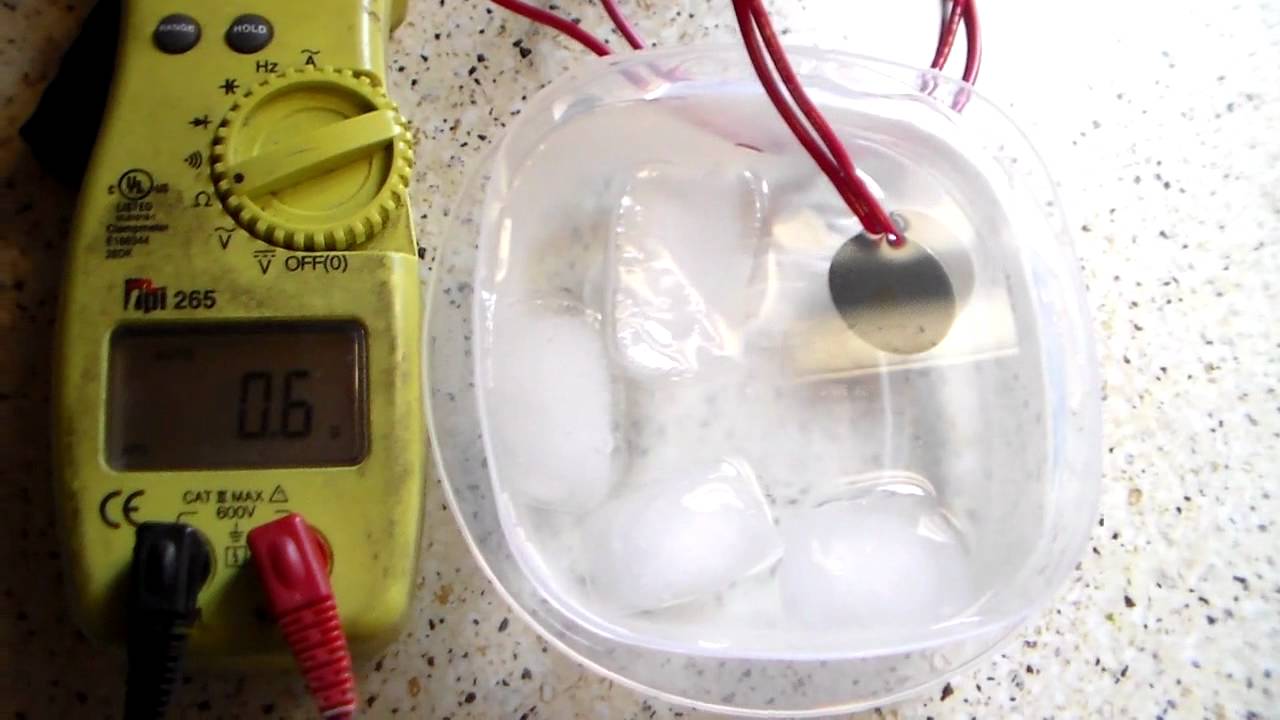
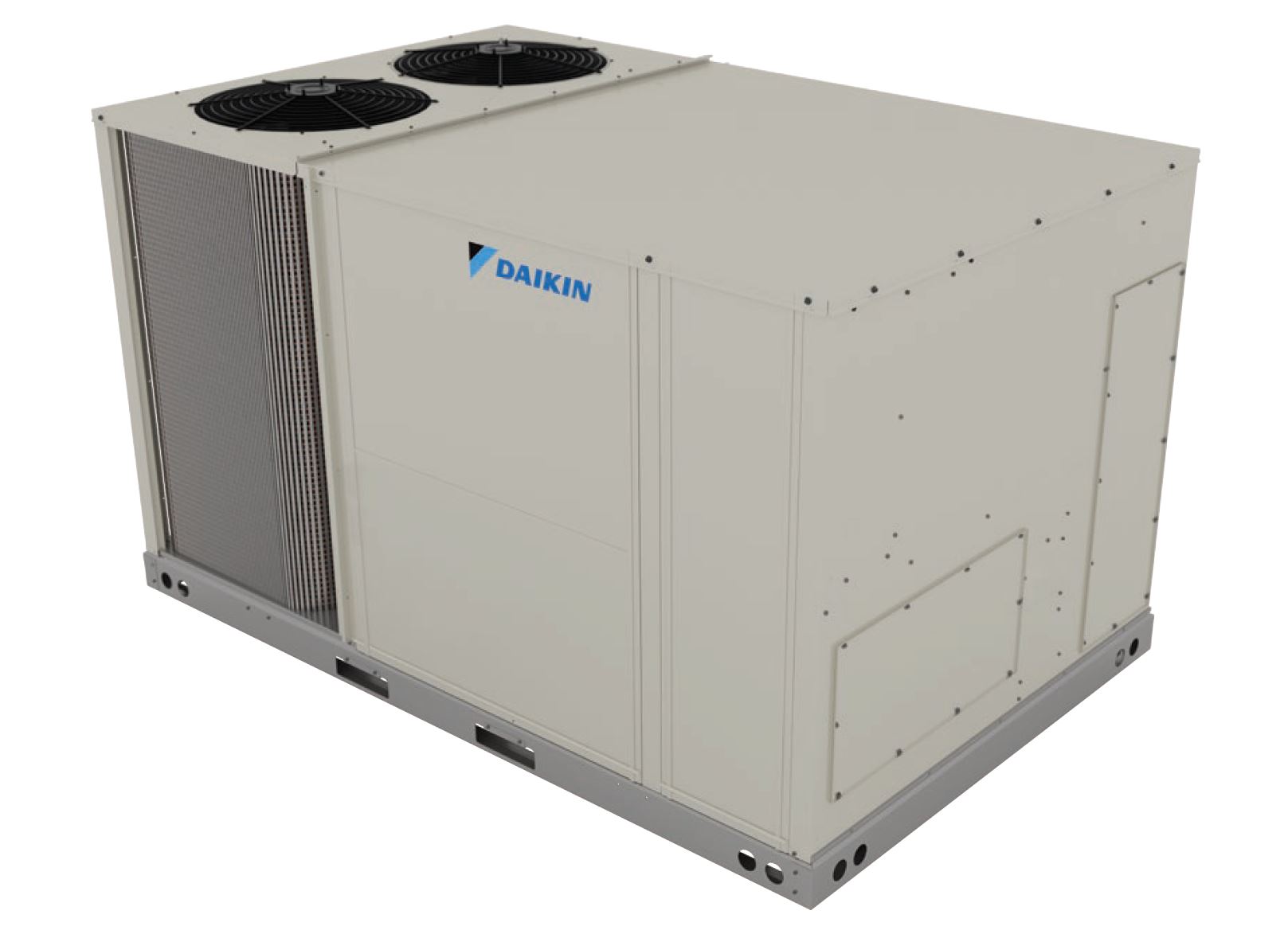
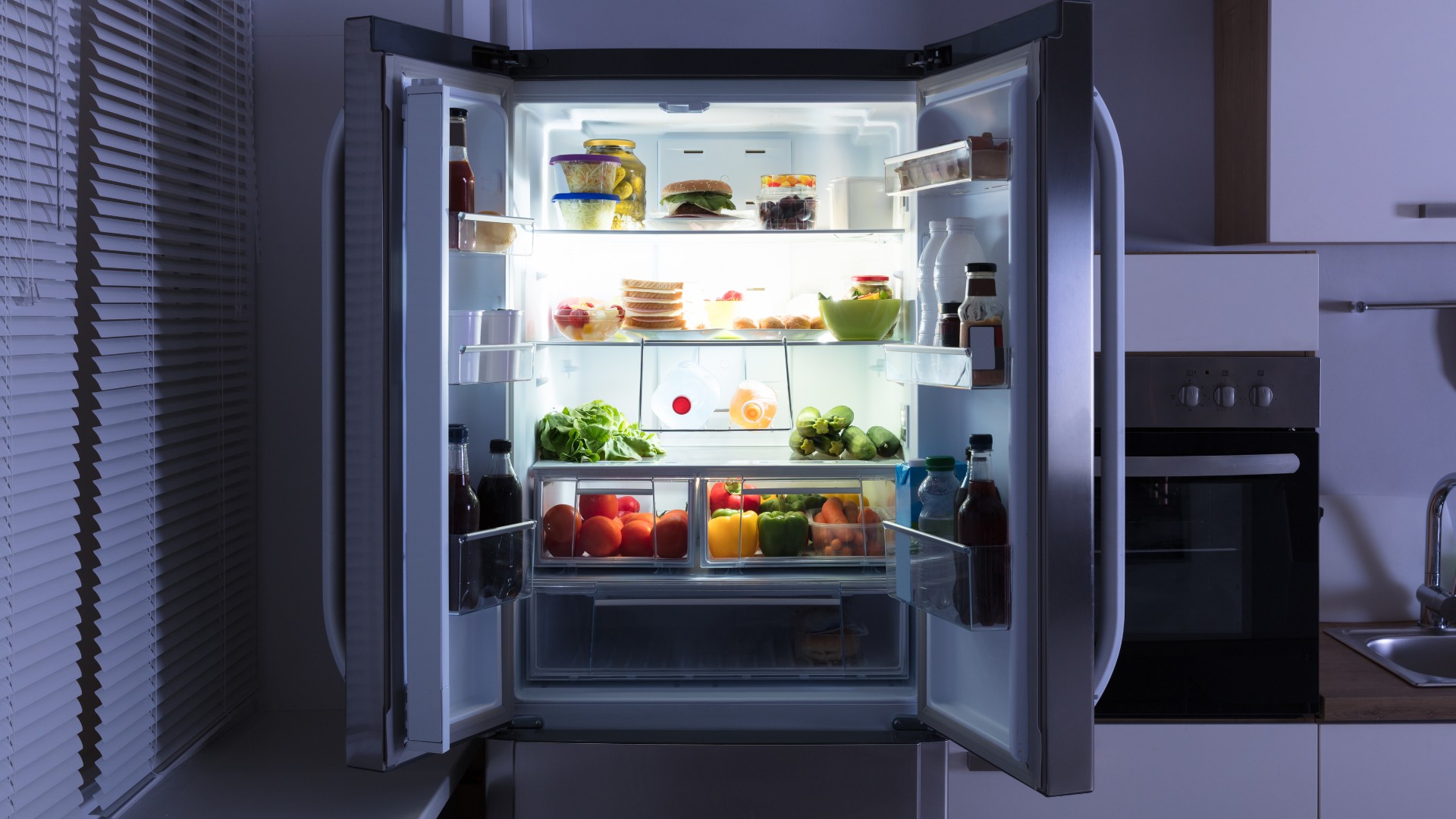
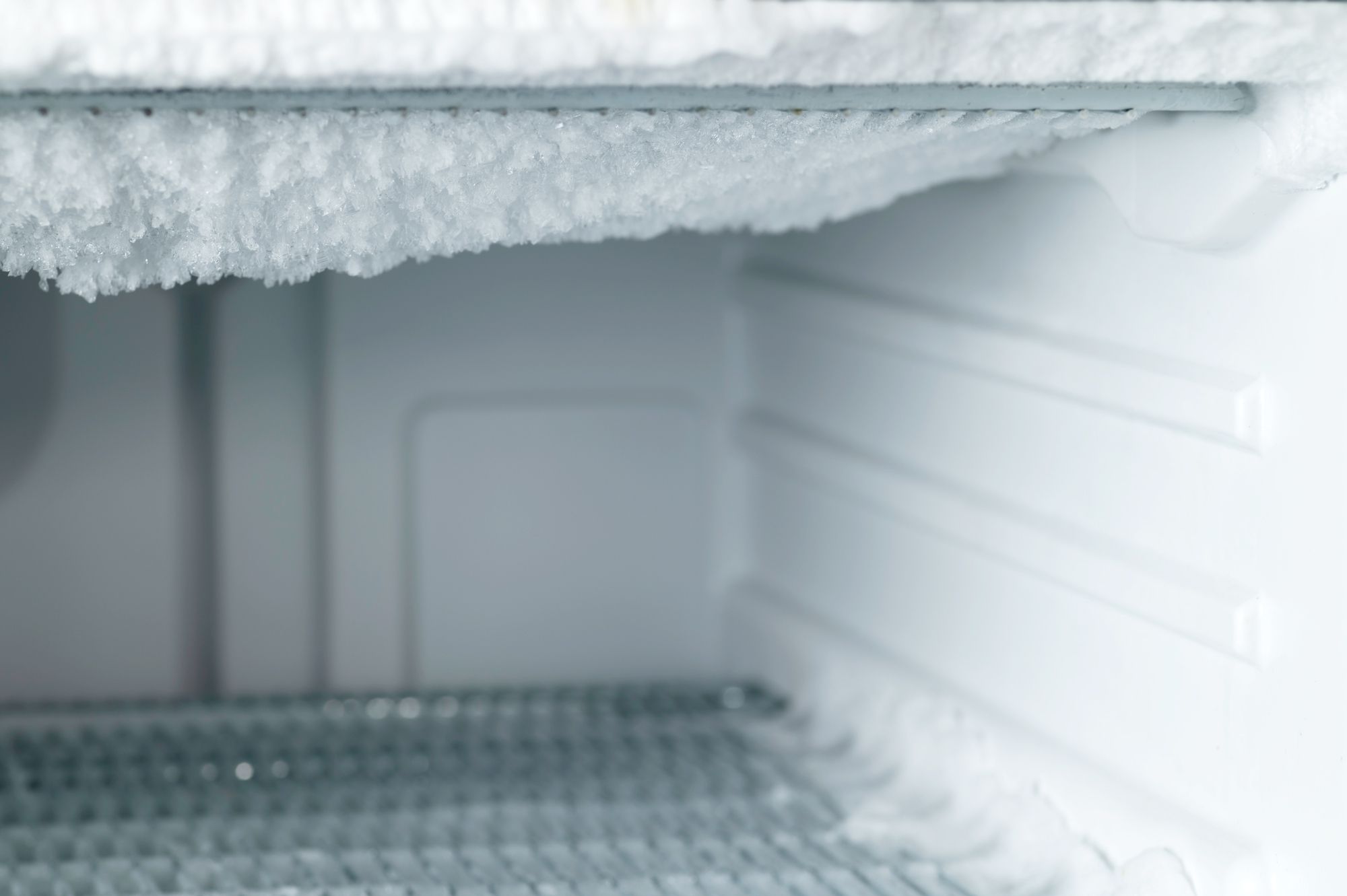
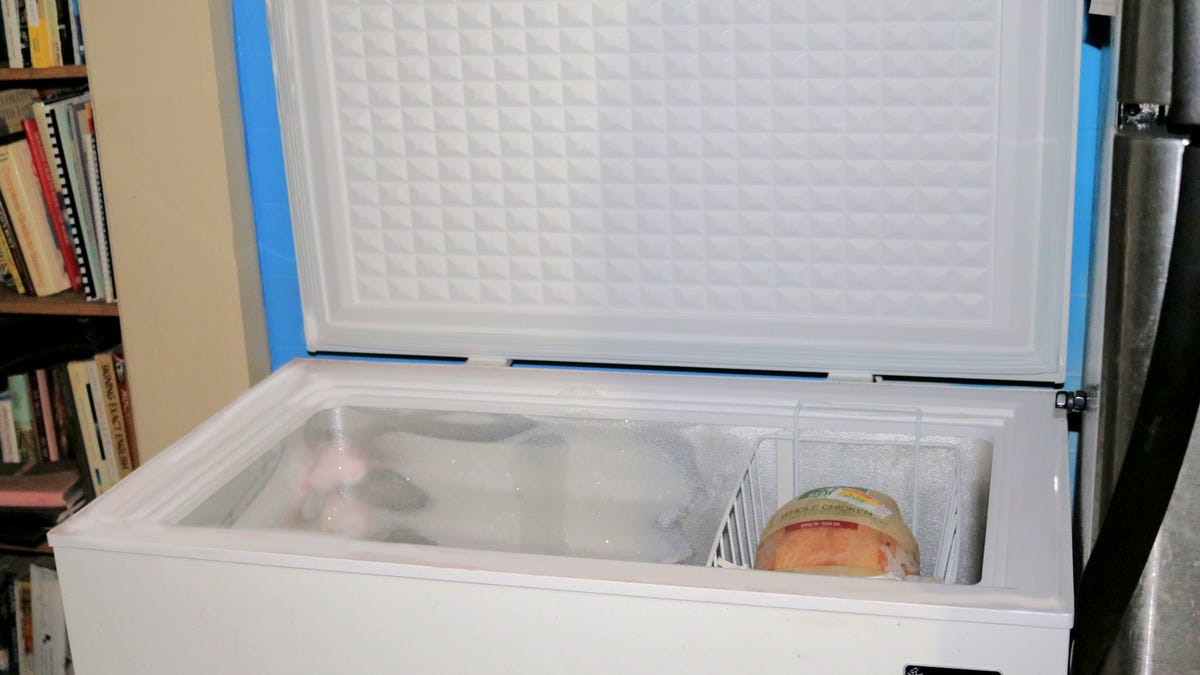
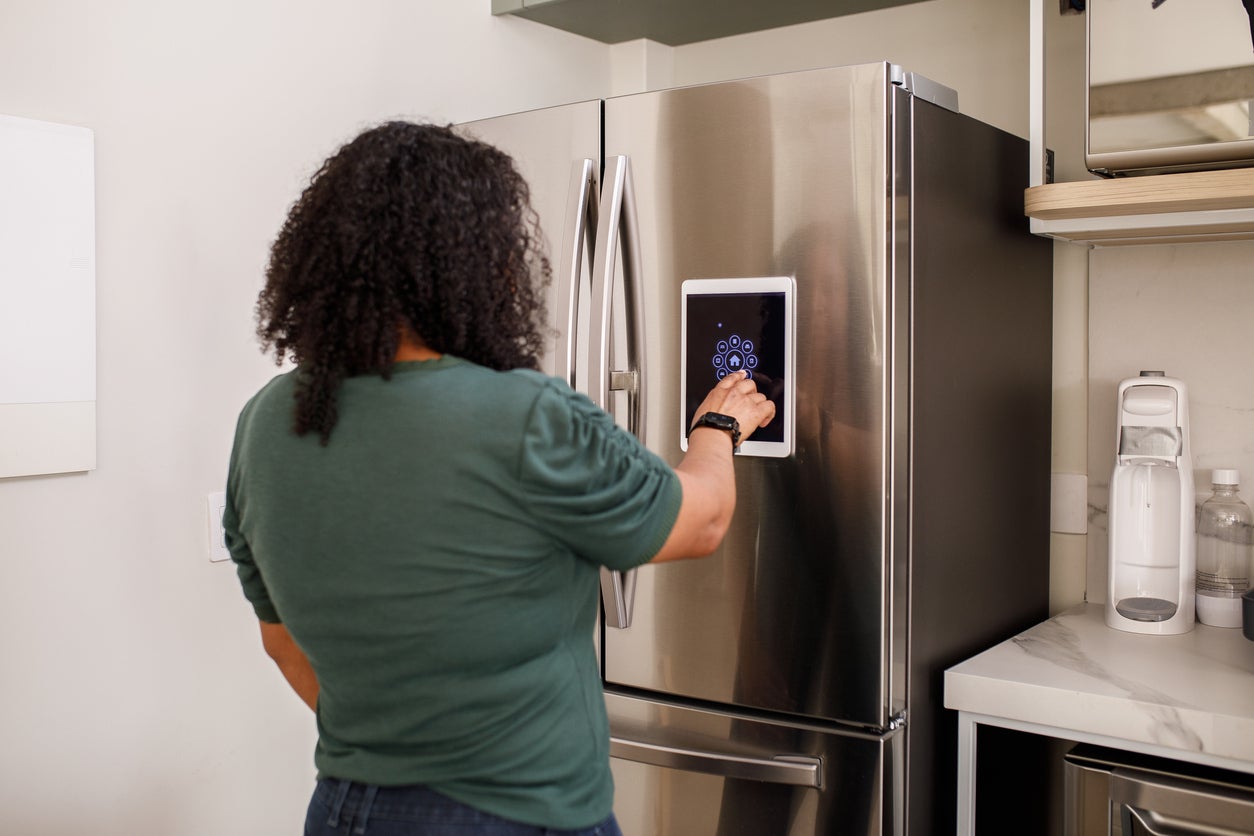
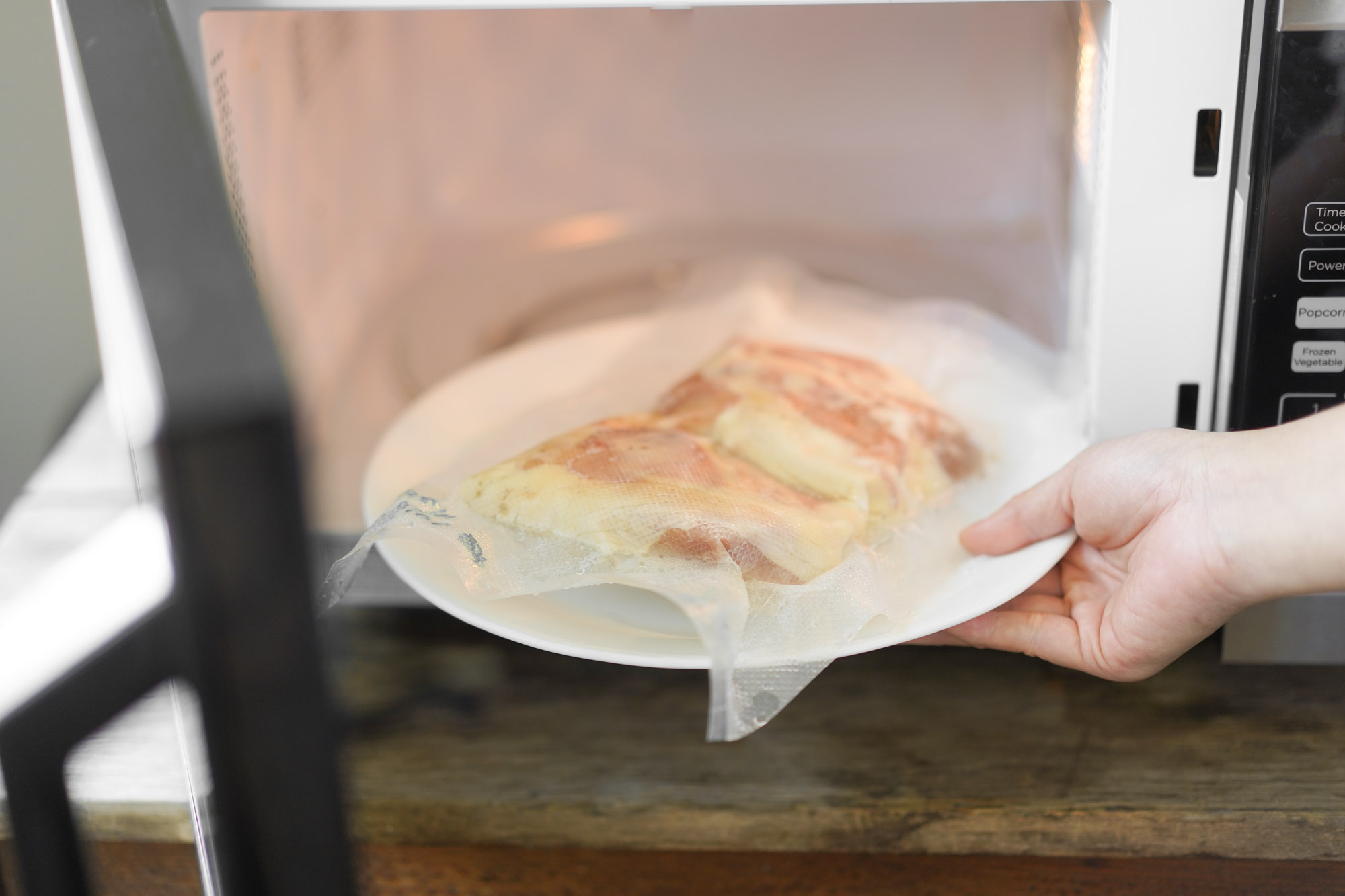
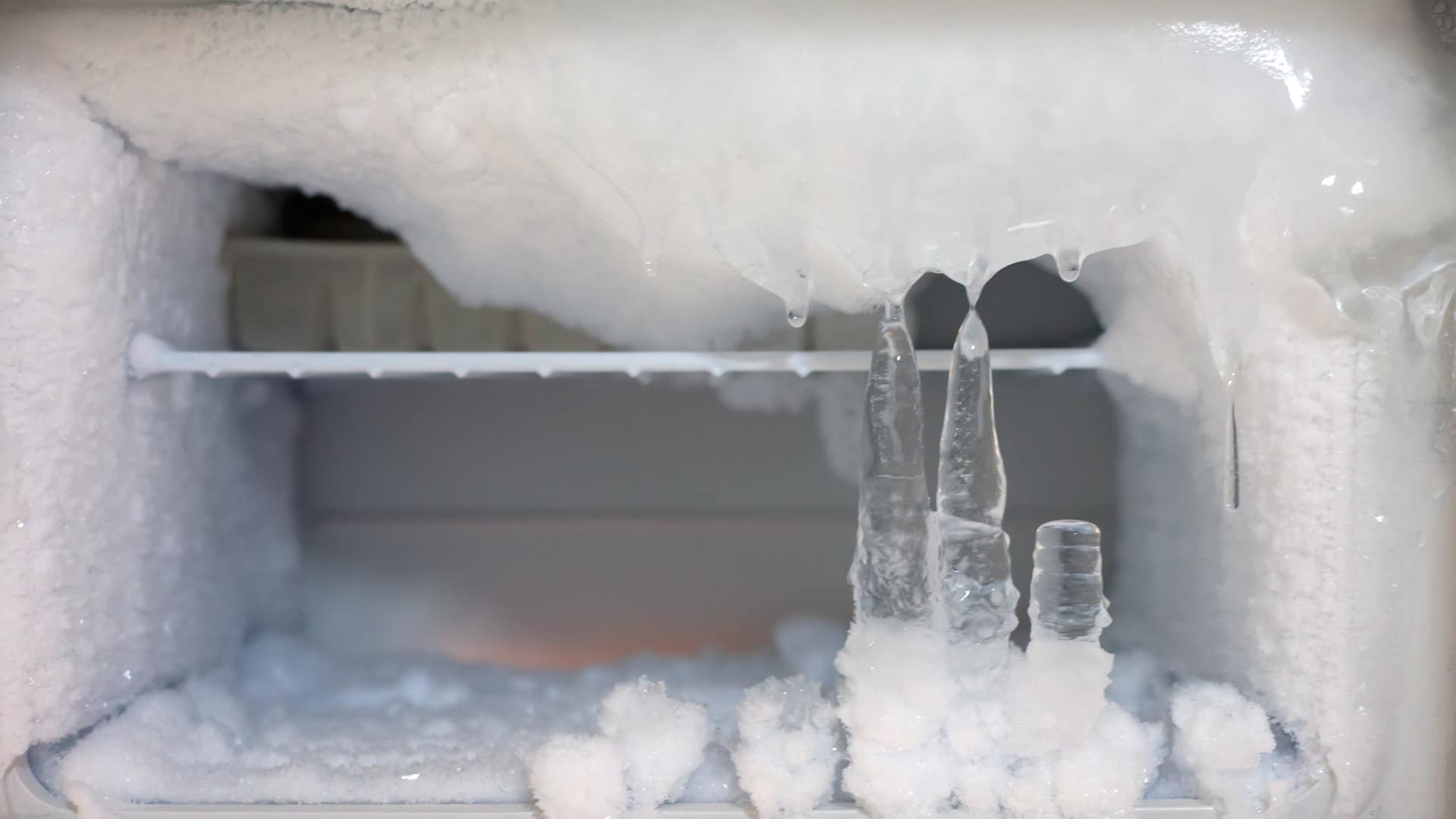
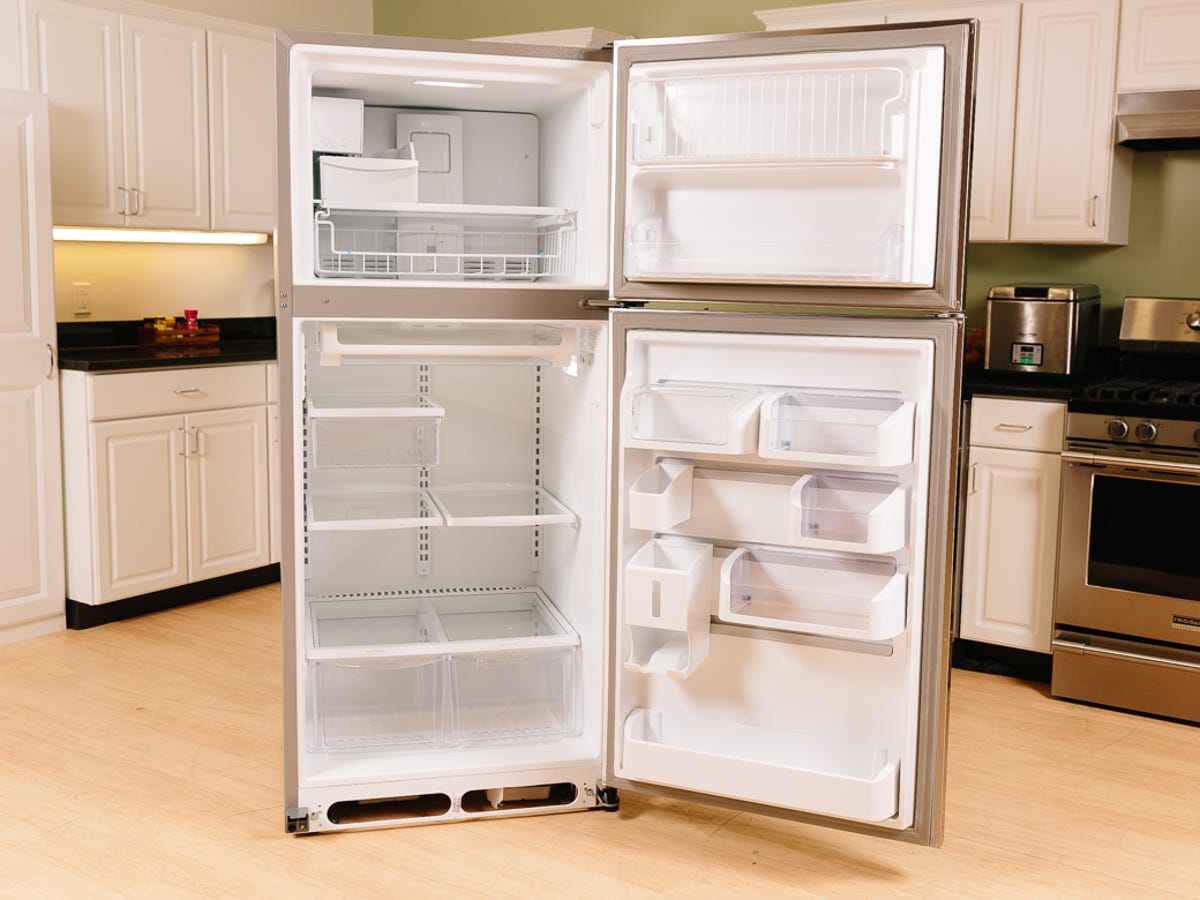
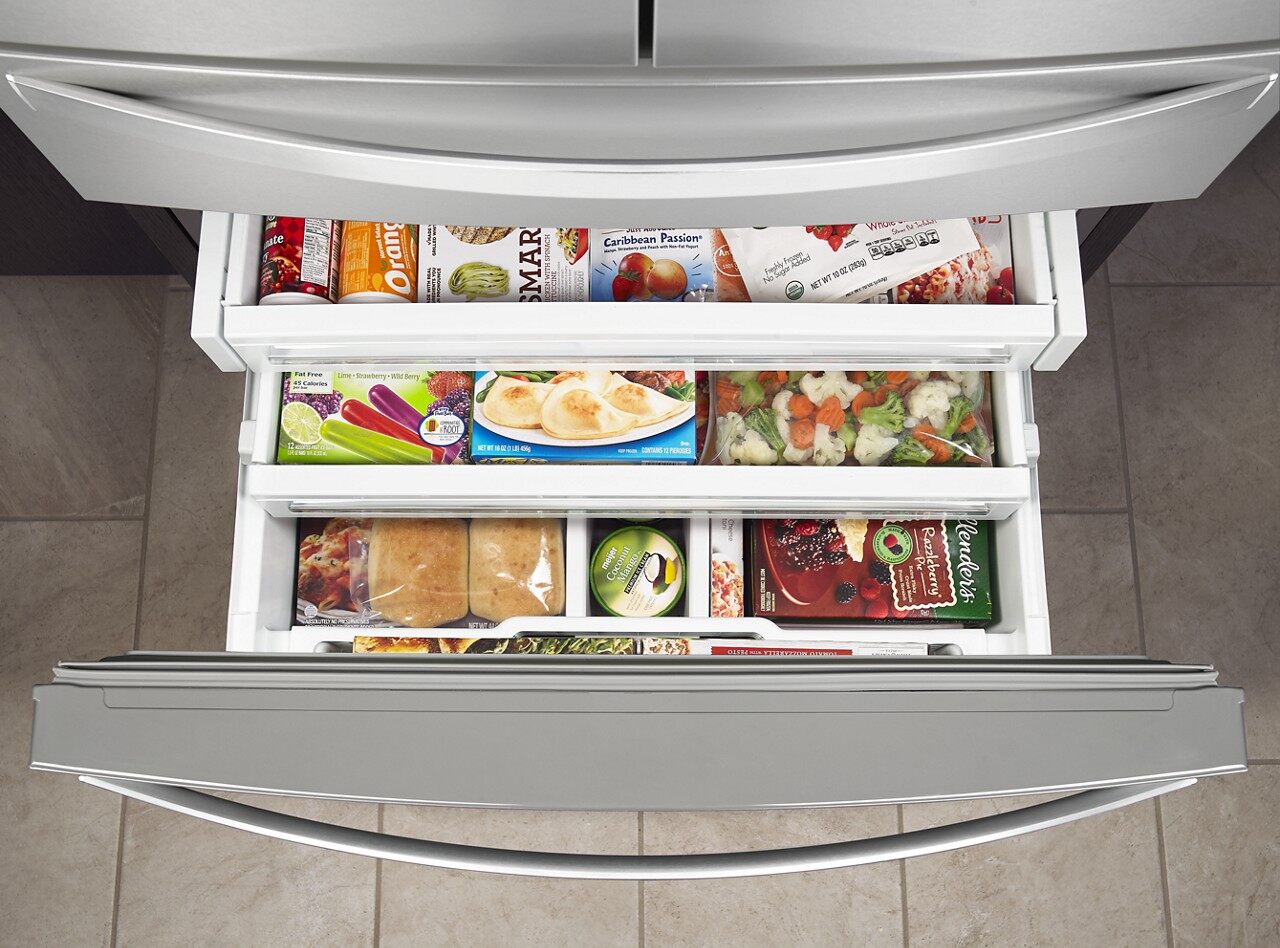
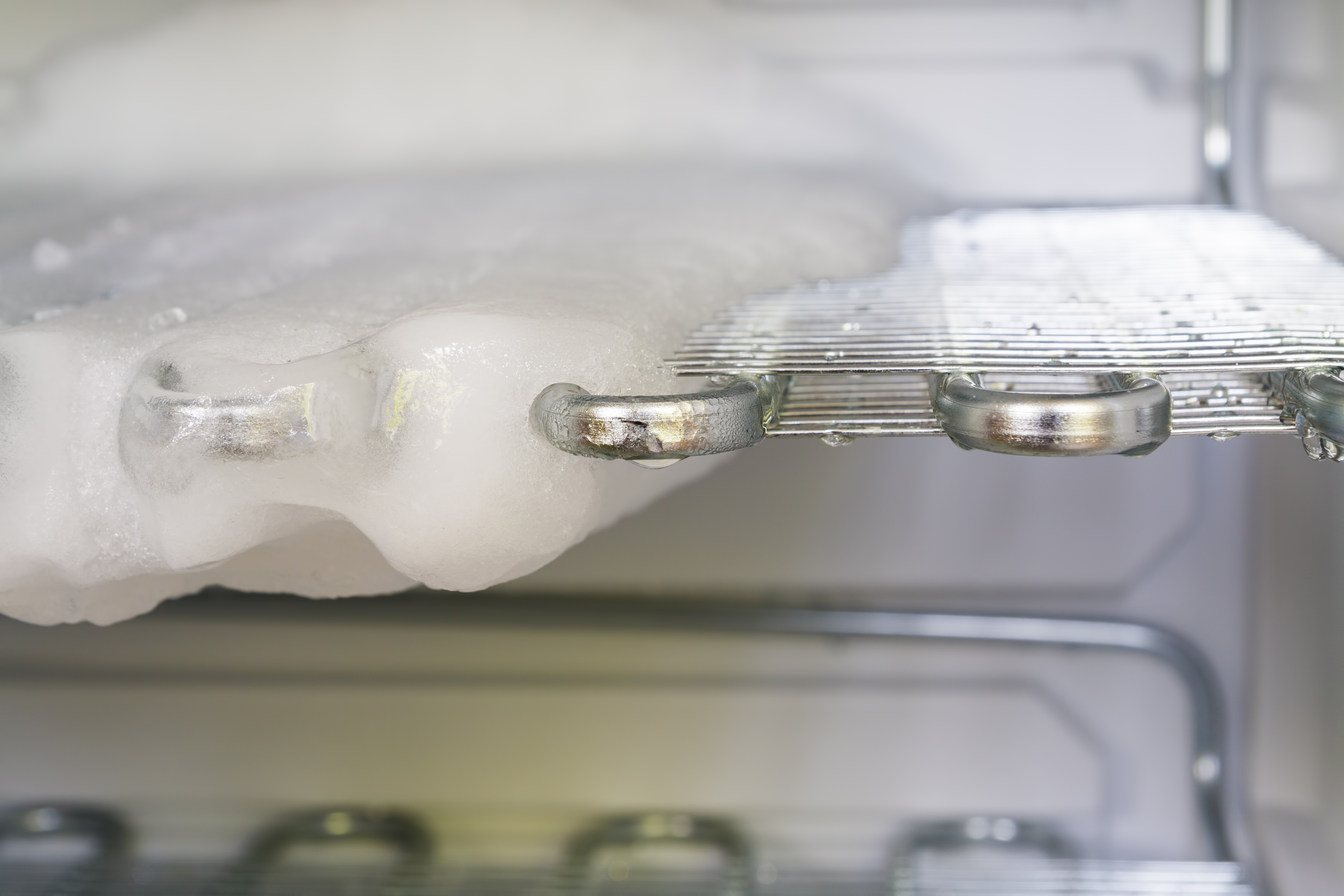
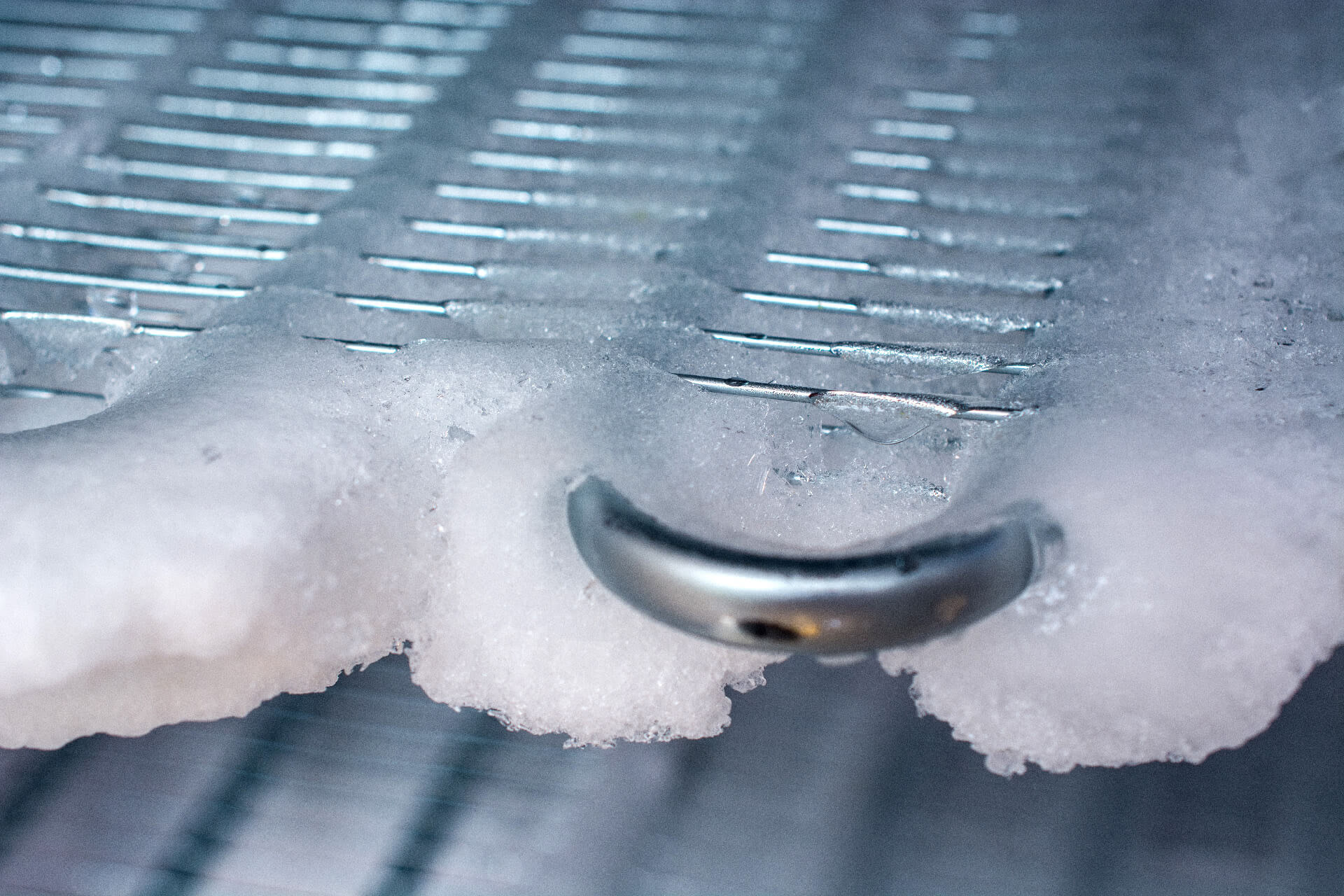
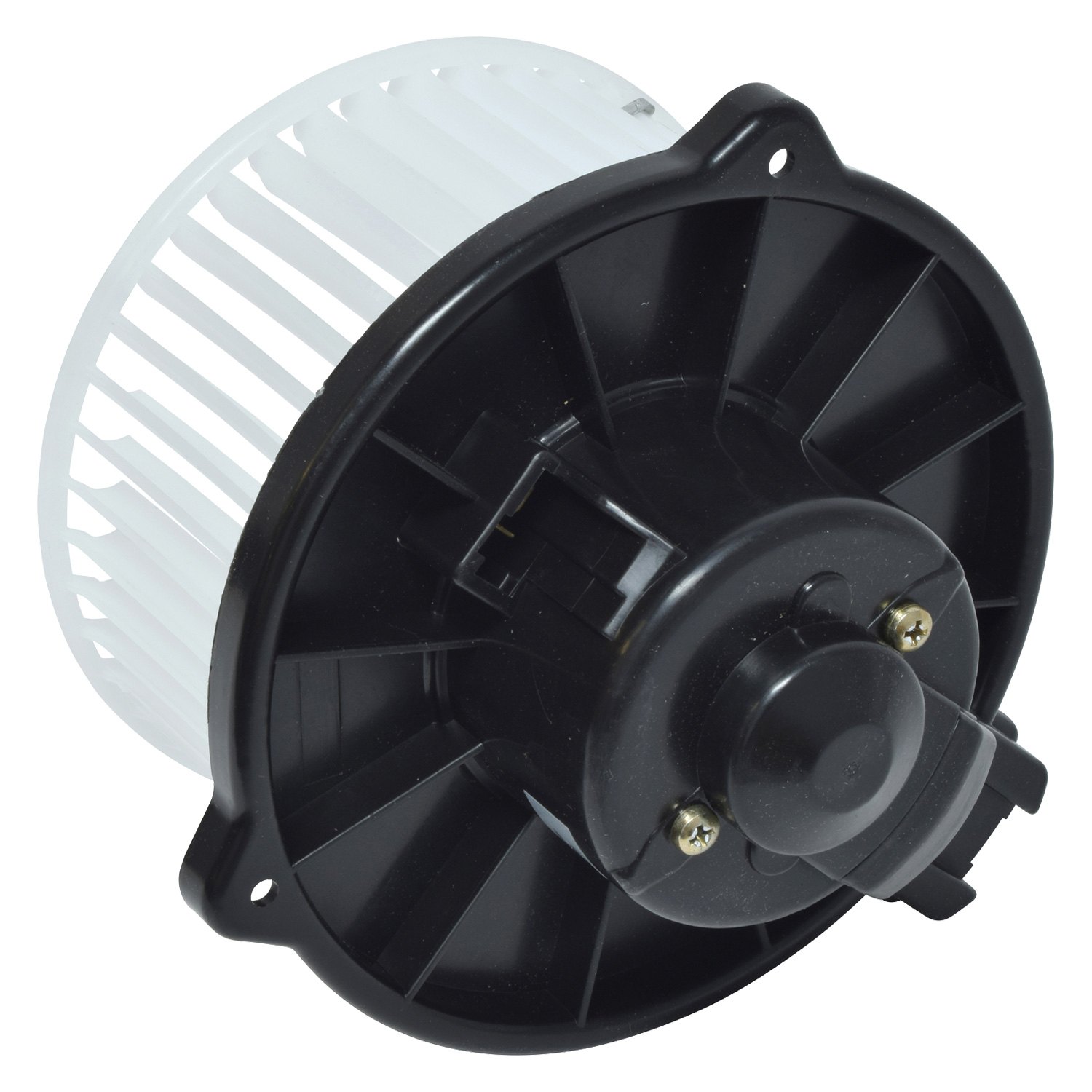
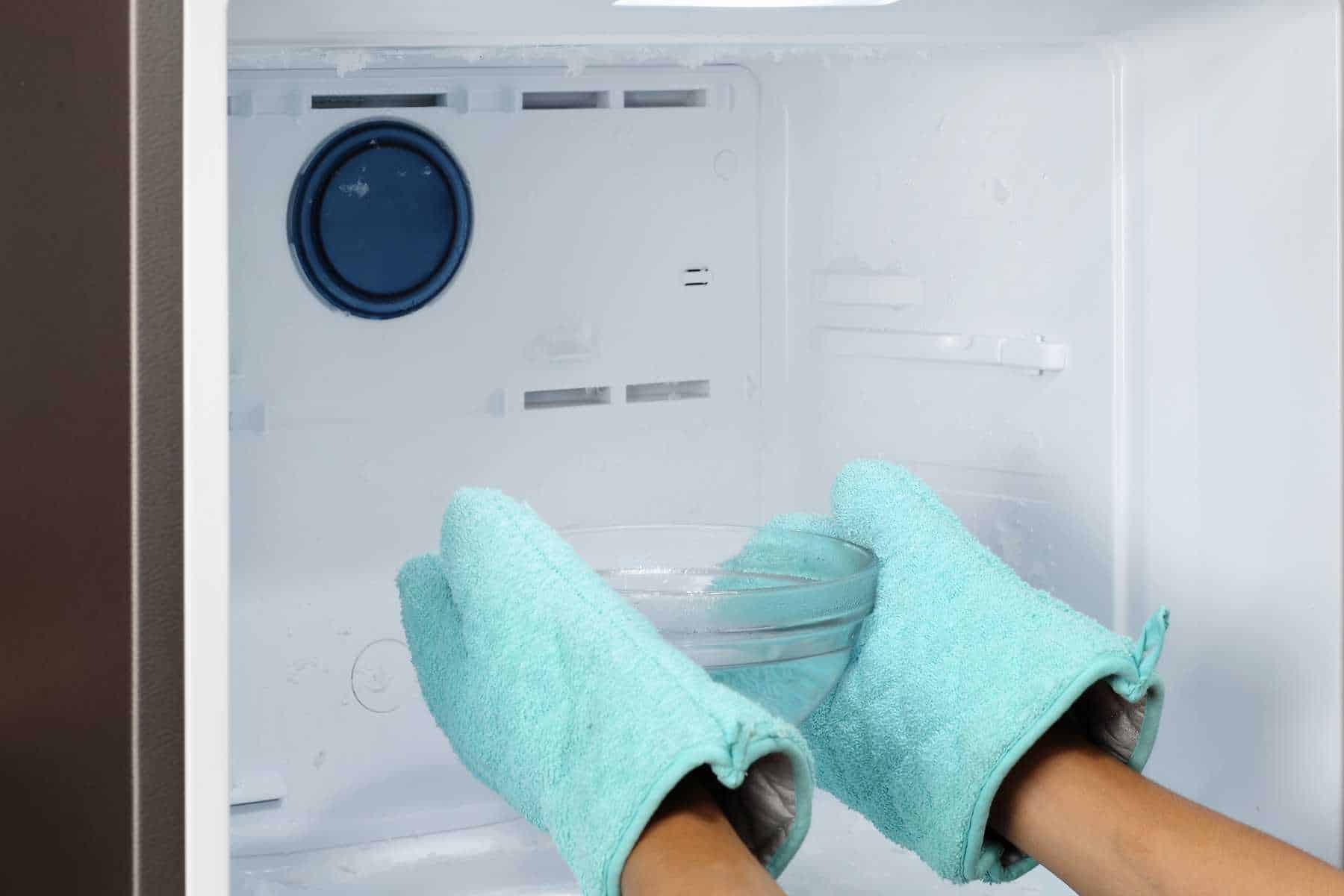

0 thoughts on “How To Defrost HVAC Unit”